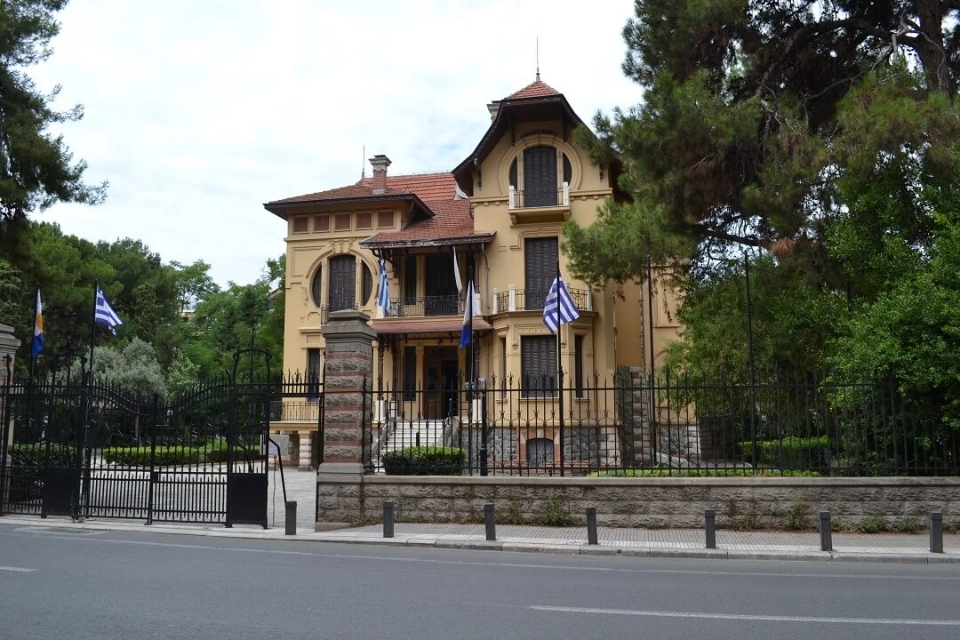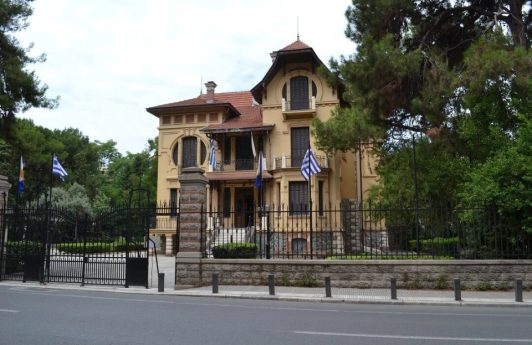Destinations
JEWISH HISTORY OF THESSALONIKI

Is there a Jewish community in Thessaloniki today?
Today there is an organized Jewish community in Thessaloniki with two synagogues. Religious services are held daily and during the Great Feasts. The children of the community start their school life in the Jewish kindergarten and elementary school. This is followed by their secondary education in Greek schools, however there is a provision for Jewish education with the help of teachers from Israel. There are two youth centers, a sports club (Maccabi), a community center for all ages and a Jewish Nursing Home.

Jewish History of Thessaloniki
.
Monuments and Sights
Thessaloniki preserves several monuments and sights of Jewish history such as:
- The Holocaust Memorial in Eleftherias Square
- The monument of the old cemetery located in the Universities
- The monument in the new cemetery that symbolizes the collection of marbles that were moved from the old Jewish cemetery.
- The Jewish Museum of Thessaloniki
- The synagogue of Monastiriotes
- The Yad Lezikaron Synagogue
- The old train station from which the wagons for Auschwitz and Birkenau started
- Villa Allatini
- Casa Bianca
- Villa Modiano
- The Modiano Market

Jewish History of Thessaloniki
.
Settlement during the Ottoman Empire

Jewish History of Thessaloniki
.
Reduction of the Jewish population of Thessaloniki

Jewish History of Thessaloniki
.
Integration in Greek society

Jewish History of Thessaloniki
.
Entry of the Germans in Thessaloniki (09-04-1941)

Jewish History of Thessaloniki
.
Torture, seizures and destruction of cemetery

Jewish History of Thessaloniki
.
The Holocaust

Jewish History of Thessaloniki
.
Post-war period

Elite Transfer Services








Transfer to the historical monuments and attractions of Thessaloniki
With spacious, air-conditioned and state-of-the-art vehicles
Carefully selected staff, eager to serve you
Comfortable and relaxing transportation
Elite Transfer Services


Transfer to the historical monuments and attractions of Thessaloniki










